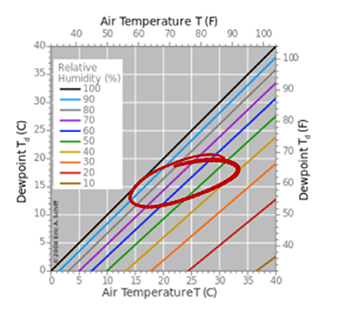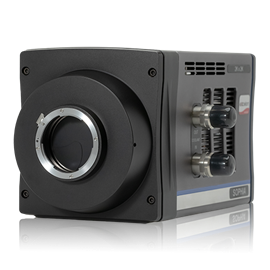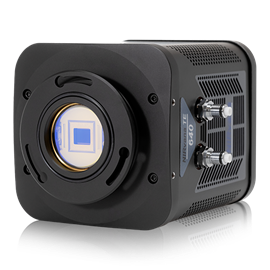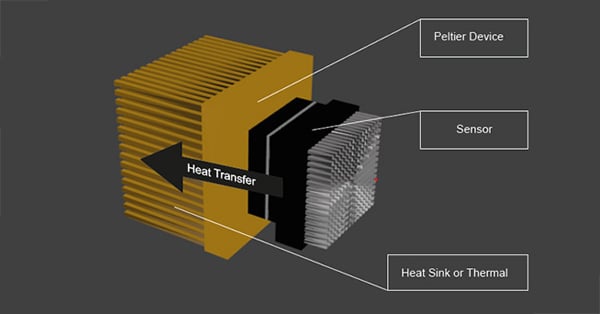Learning Center / Scientific / ArcTec Technology
ArcTec™ Technology
Scientific cameras are limited by a range of different noise contributions, such as read noise and dark noise. Read noise is determined by speed of readout and readout electronics, with dark noise being attributed to the dark current– a by-product of unwanted signal from thermal excitation. By cooling the system, the dark current is drastically reduced, improving image/spectral quality.
Thermoelectric cooling is a maintenance-free and reliable option for cooling technologies, owing to its use in many products. ArcTec™ uses the latest computational fluid dynamics analysis tools to offer the highest level of cooling and reliability in comparison to any thermoelectric cooler (TEC)-based cameras.
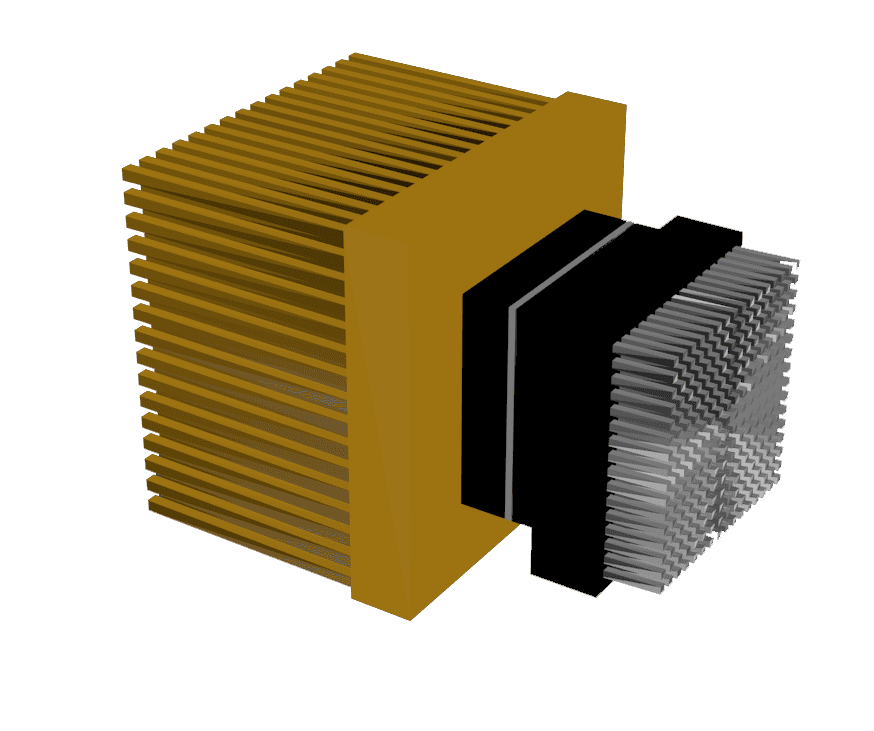
Key Features
Optimally Designed
TECs are solid-state devices which transfer heat from one end to the other via electrical energy. They are able to heat or cool the system dependent on the direction of electrical energy, however they are most commonly used for cooling.
For deep-cooling, the entire TEC system must be optimally designed, including the TEC geometry, the sensory thermal load, the input voltage-current, the heat exchanger, and vacuum chamber. This ensures reliable, deep cooling of the sensor.
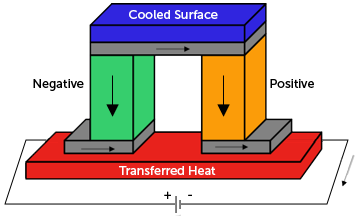
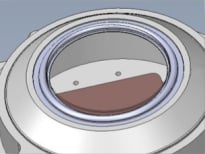
Lifetime Ultrahigh Vacuum
TECs need to remove excess heat generated by both the operation of the sensor and by its own operation. By encasing the TEC in an ultrahigh vacuum chamber this thermal load can be kept to a minimum. The only truly reliable vacuum chambers are the ones with a lifetime guarantee to ensure this minimum is maintained.
Efficient Heat Exchanger
Although TECs transfer heat from the cold side to the hot side they are increasingly less efficient with usage. ArcTec™ technology combats this by using a heat exchanger with a combination of air and liquid. This maximizes surface area and dissipates heat efficiently. Heat exchanged into the heat sink can then be dissipated through use of an oversized fan, a room-temperature liquid circulator, chillers, or a combination of all.
